A knee brace is typically made of a combination of materials such as fabric, neoprene, metal, and plastic components, depending on the level of support required. The brace is designed to fit snugly around the knee joint, offering stabilization and protection. It can range from simple sleeves for mild support to more complex braces with rigid supports for significant protection.
Knee braces come in several types, including:
- Prophylactic Braces: These are designed to prevent knee injuries, particularly during sports activities. They provide support to the knee ligaments and help reduce the risk of sprains or strains.
- Functional Braces: These are worn to protect a knee that has already been injured or is recovering from surgery. They help stabilize the knee and improve mobility during rehabilitation.
- Rehabilitative Braces: Used post-surgery, these braces limit the range of motion of the knee to prevent further damage and aid in the healing process.
- Unloader Braces: Primarily used for individuals with knee osteoarthritis, these braces help offload pressure from the affected side of the knee joint, reducing pain and discomfort.
- Compression Sleeves: These are softer, more flexible supports designed to provide compression and mild stability for general knee pain, swelling, or muscle strain.
Advantages
Knee braces provide several benefits, particularly for individuals with knee pain, injuries, or those recovering from surgery:
- Support and Stability: Knee braces offer vital support to the knee joint, reducing the risk of further injury. They help stabilize the ligaments and tendons around the knee, preventing excessive movement that could lead to additional damage.
- Pain Relief: By providing compression and support, knee braces help alleviate pain caused by conditions such as arthritis, ligament sprains, or patellar instability. Compression also helps reduce swelling and improve circulation.
- Enhanced Mobility: Knee braces enable individuals to maintain or regain mobility by supporting the knee during movement. They provide stability, allowing users to engage in physical activities and rehabilitation exercises with less discomfort.
- Post-Surgical Recovery: After knee surgery, a knee brace helps limit movement, promoting proper healing and preventing the risk of further injury. It aids in rehabilitation by allowing controlled movement and supporting the joint during recovery.
- Prevention of Injury: For athletes or individuals involved in high-impact activities, knee braces can help prevent injuries by supporting the knee during sports and strenuous activities. They provide protection from twists, strains, or direct impacts.
- Customizable Fit: Most knee braces feature adjustable straps, ensuring a secure and personalized fit. This customization ensures maximum comfort and support, regardless of the user’s body type.
Features
Knee braces come with a variety of features tailored to different needs, including:
- Adjustable Straps: Many knee braces are equipped with adjustable straps that allow users to customize the fit around the knee. This feature ensures that the brace provides optimal support without being too tight or too loose.
- Breathable Material: Modern knee braces are often made from breathable fabrics such as neoprene, which allows for ventilation and helps prevent discomfort caused by sweating, ensuring comfort during extended use.
- Hinges and Rigid Supports: Some knee braces feature hinged designs or rigid metal components to provide extra stability and control over the knee’s range of motion. These features are especially useful for individuals recovering from surgery or with significant knee instability.
- Compression Technology: Compression knee sleeves or braces help improve circulation, reduce swelling, and provide mild support. The compression helps keep the knee joint warm and reduces discomfort, making them suitable for both injury recovery and general knee pain management.
- Patella Support: Many knee braces come with a patella opening or cushion to provide additional support to the kneecap, which is especially helpful for individuals with patellar instability or patellofemoral pain syndrome.
- Lightweight and Flexible: Many modern knee braces are designed to be lightweight and flexible, allowing users to move freely while still providing the necessary support. These braces are often used for milder injuries or for athletic activities.
- Variety of Sizes: Knee braces come in various sizes to accommodate different leg shapes and sizes. Some braces are also available in custom sizes, ensuring that users receive the best fit for maximum effectiveness.
Knee braces are essential tools for providing support, stability, and pain relief for individuals with knee injuries, arthritis, or those recovering from surgery. They play a significant role in preventing further injury, promoting faster healing, and enhancing mobility. Whether for athletic purposes, post-surgical rehabilitation, or chronic knee pain management, knee braces offer a simple and effective solution for improving knee health. With different types of knee braces available, ranging from basic compression sleeves to more advanced functional and rehabilitative braces, individuals can find the right product to suit their specific needs. Ultimately, a knee brace can significantly improve quality of life by enabling better movement, reducing pain, and offering essential support for the knee joint.


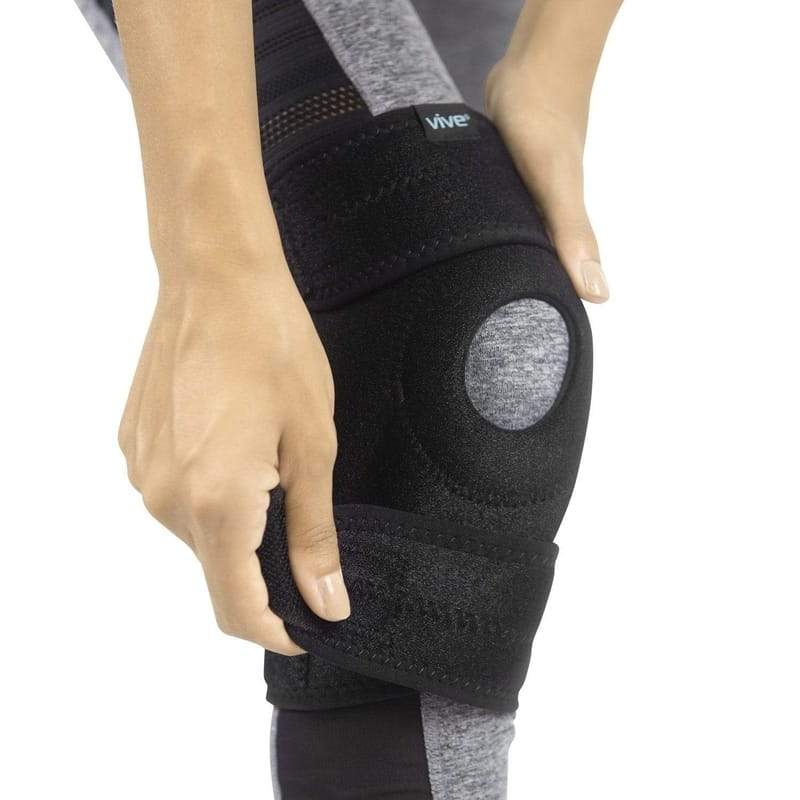
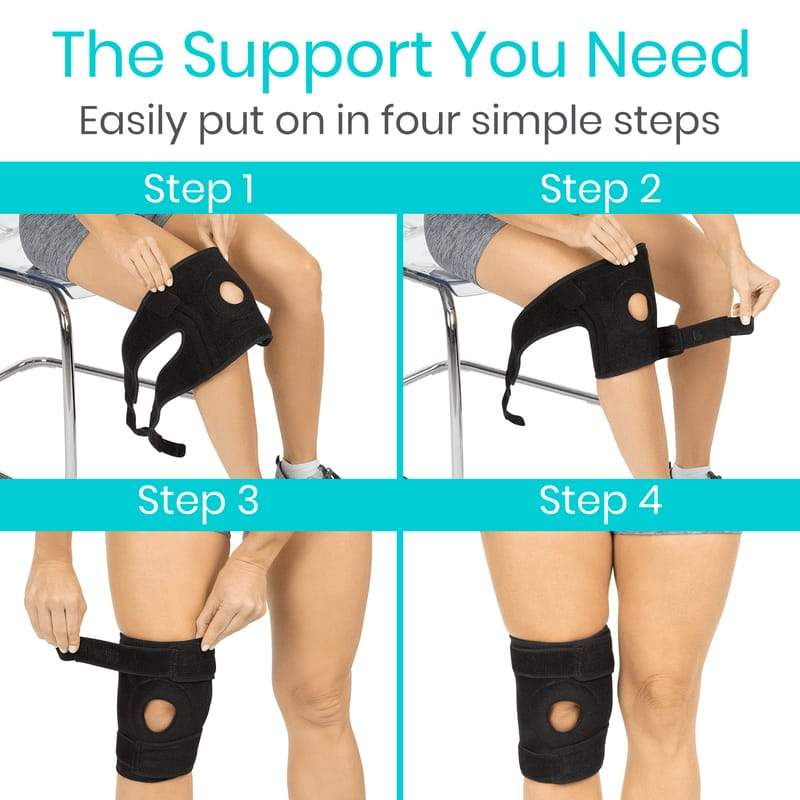
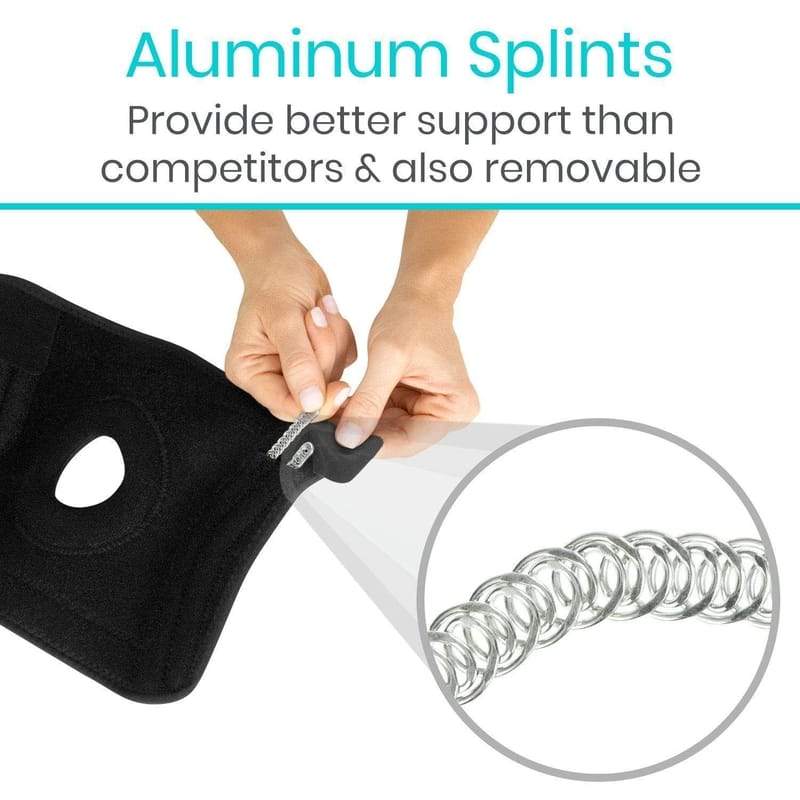

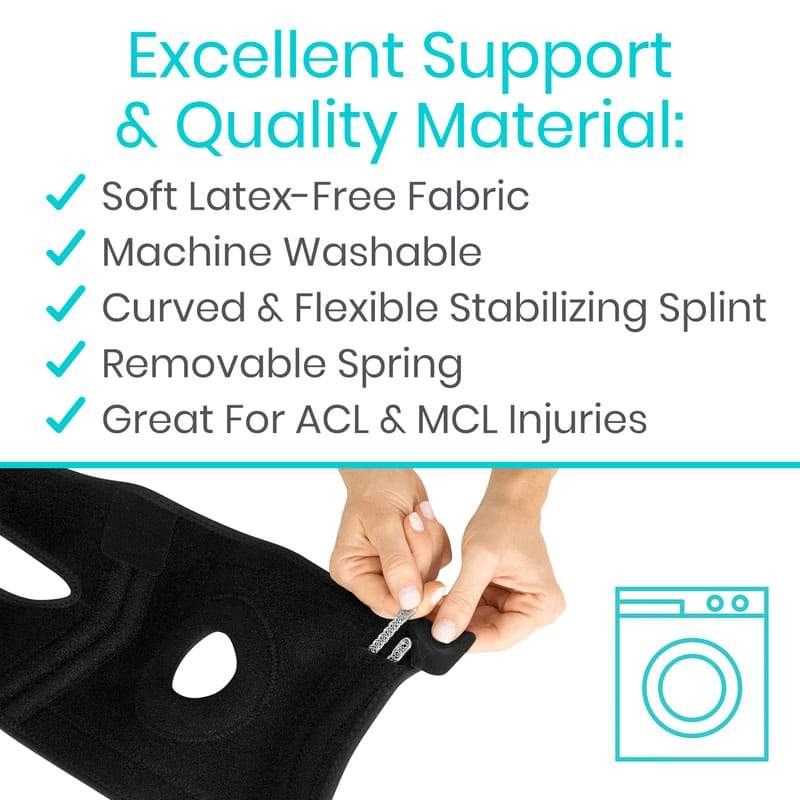
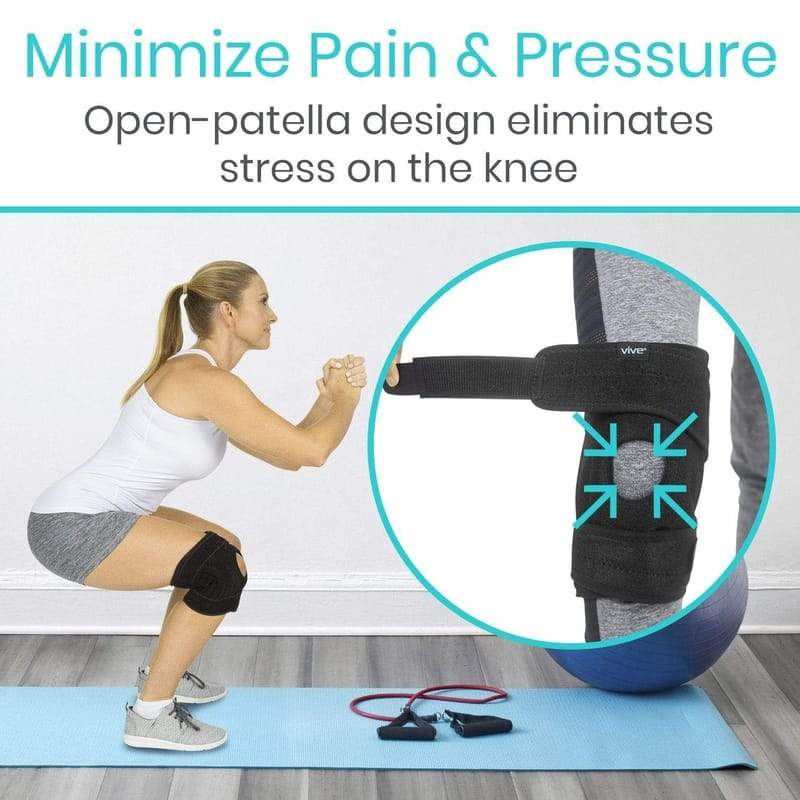
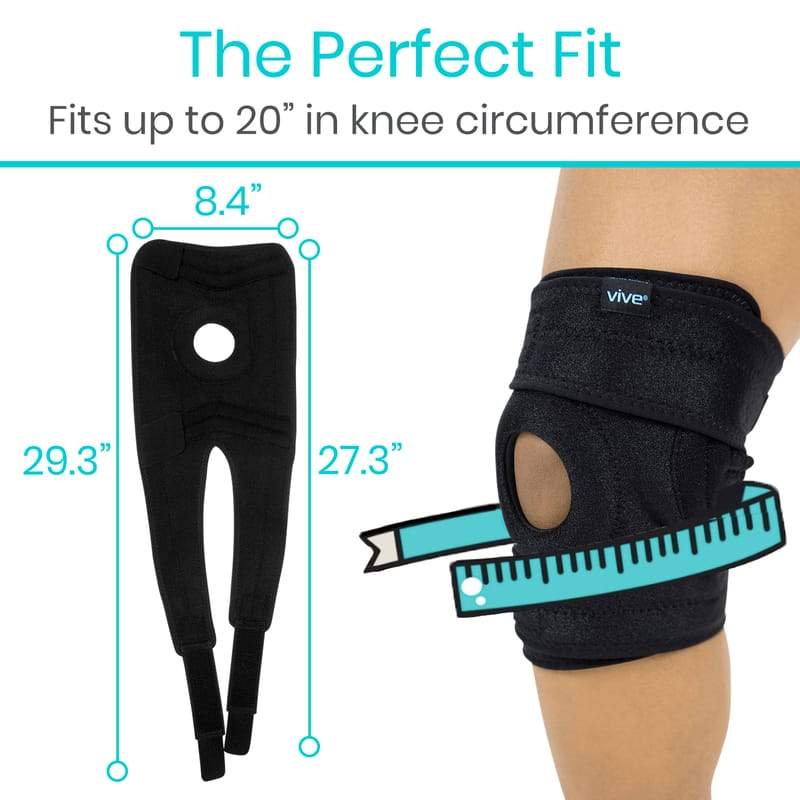
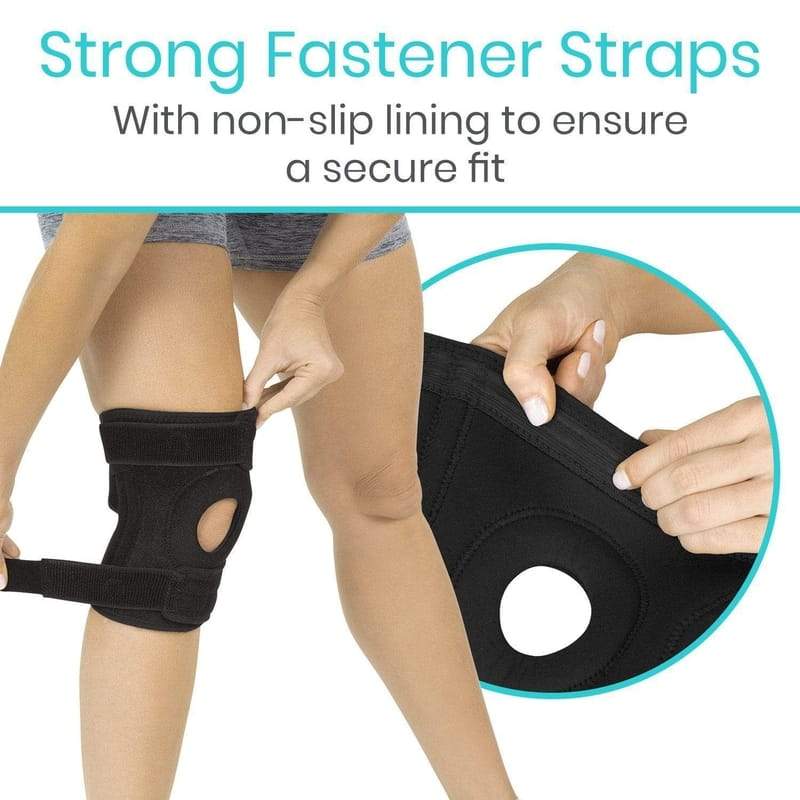
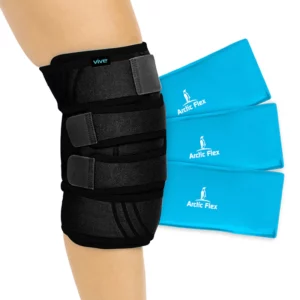
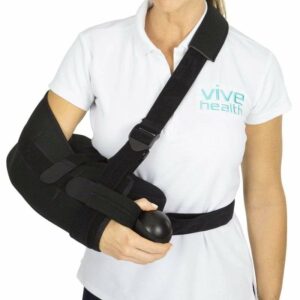
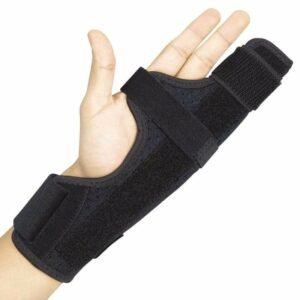
Reviews
There are no reviews yet.